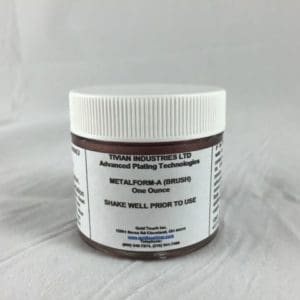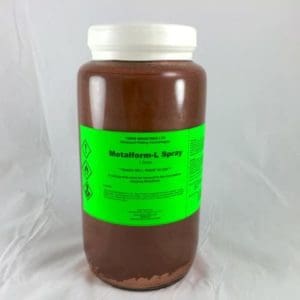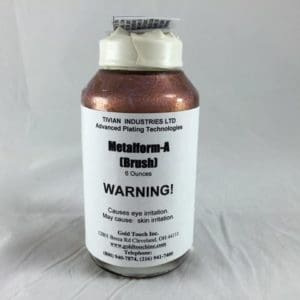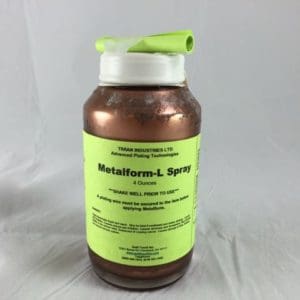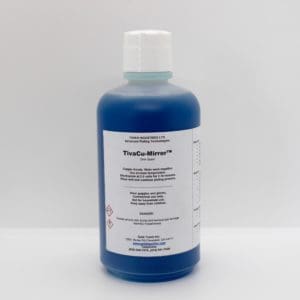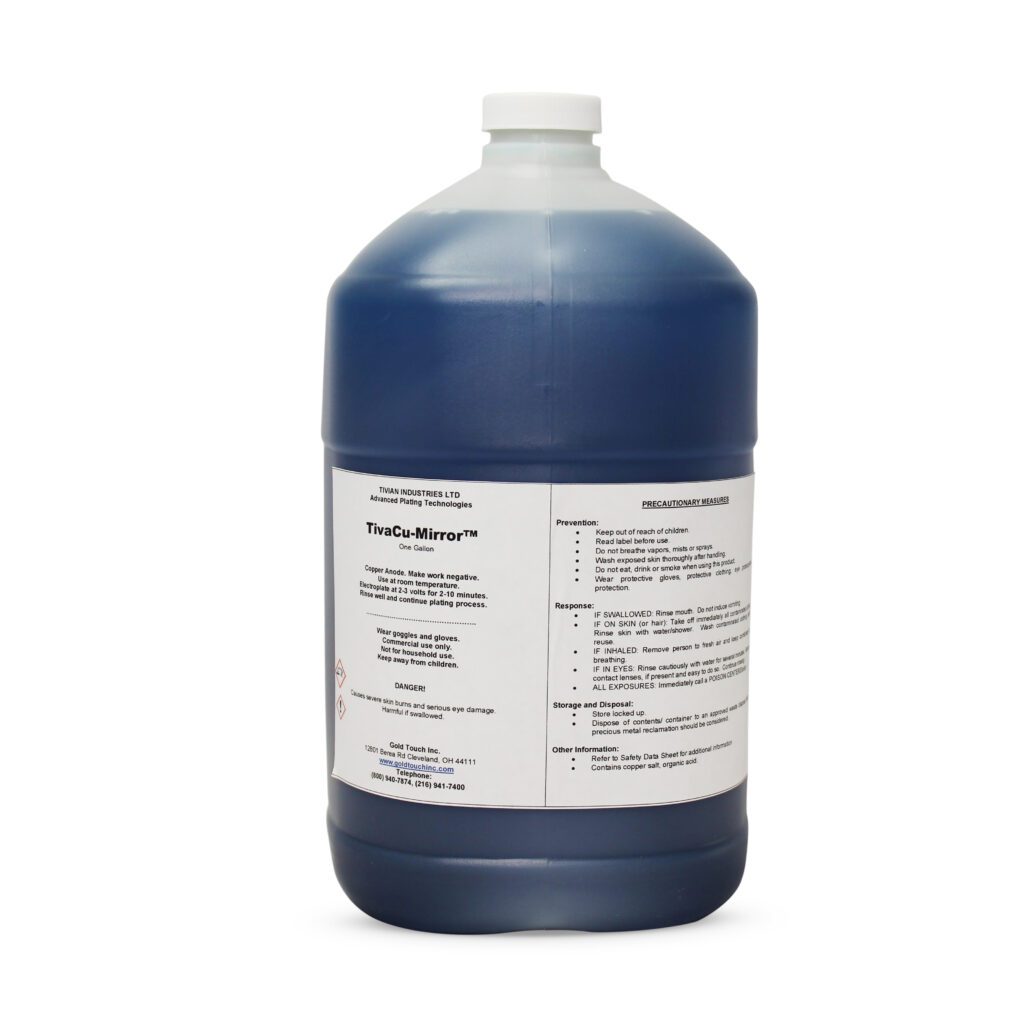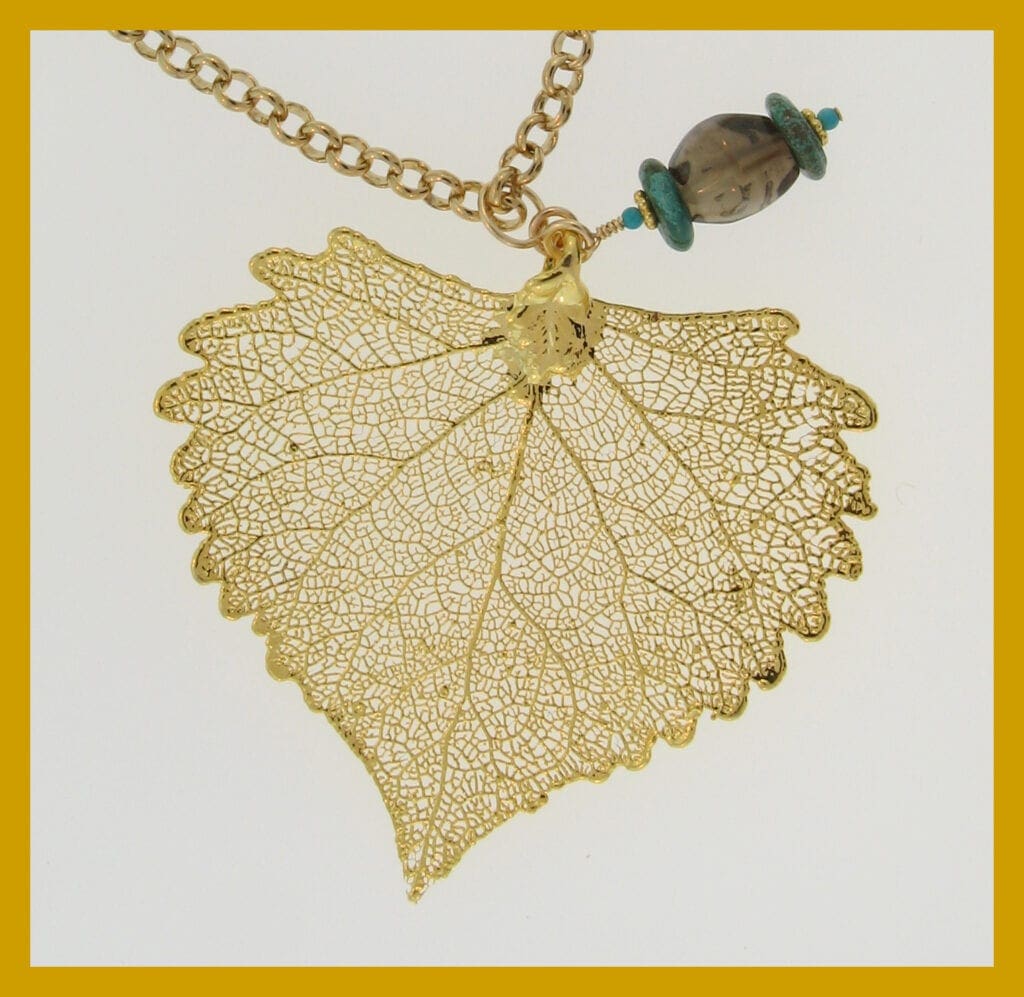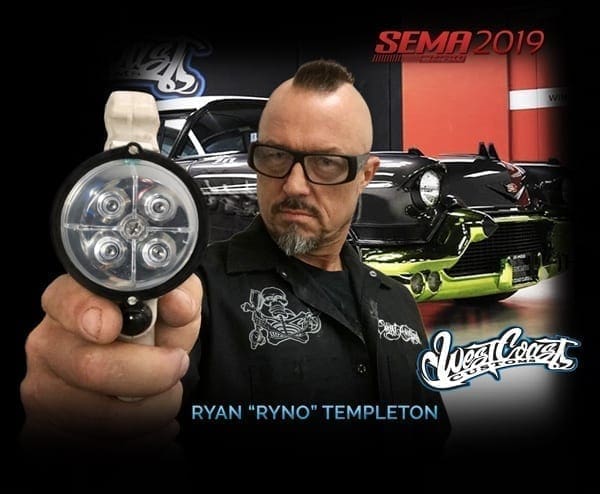What is Metalforming or Electroforming?
Nearly anything non-conductive item can be electroplated by the metalforming process. This includes organics like plastic, leaves, flowers, sea shells, sand dollars, plastic, wood, ceramic, glass, and plaster.
How To Electroplate Non Conductive Parts
See our videos below.
The first step to make the part conductive to electricity. Coat the part with one of our metalforming conductive paints. Allow the paint to dry. Next dip the part in dipped into the immersion tin solution to increase conductivity. The tine sticks to the copper paint and increases conductivity. Next, copper plate in our Copper Mirror. Copper plating is a slow process at first and typically requires at least a few hours to build up a bright and shiny copper layer before plating the nickel and gold. Most platers electroplate the copper with our Nickel Mirror solution, before electroplating in our TivaGlo-Free non cyanide gold solution.
One can also finish the electroplating process in any other decorative metal. For example, platinum, rhodium, or silver instead of gold. The metalforming process produces a mirror bright finish. All Gold Touch, Inc. jewelry plating chemicals are 100% cyanide free and arsenic free.
The conductive paint is in two versions. The acrylic water based version, Metalform A, for dipping and brushing is available in 1 ounce and 6 ounce bottles. The lacquer based version, Metalform L, for spraying and dipping is available in 4 ounce jars. Larger sizes are available upon request.
Buy Metalforming Paints and Chemicals Here
Prices include free shipping on domestic orders within the lower 48 states
-
 Metalform-A 1 Ounce
Metalform-A 1 Ounce -
 Metalform-L Quart$237.00
Metalform-L Quart$237.00 -
 Metalform-A 6 oz$81.00
Metalform-A 6 oz$81.00 -
 Metalform-L 4 oz$41.90
Metalform-L 4 oz$41.90 -
 TivaCu-Mirror Quart$50.95
TivaCu-Mirror Quart$50.95 -
 TivaCu-Mirror Gallon$121.95
TivaCu-Mirror Gallon$121.95 -
 Immersion Tin Quart$51.10
Immersion Tin Quart$51.10

